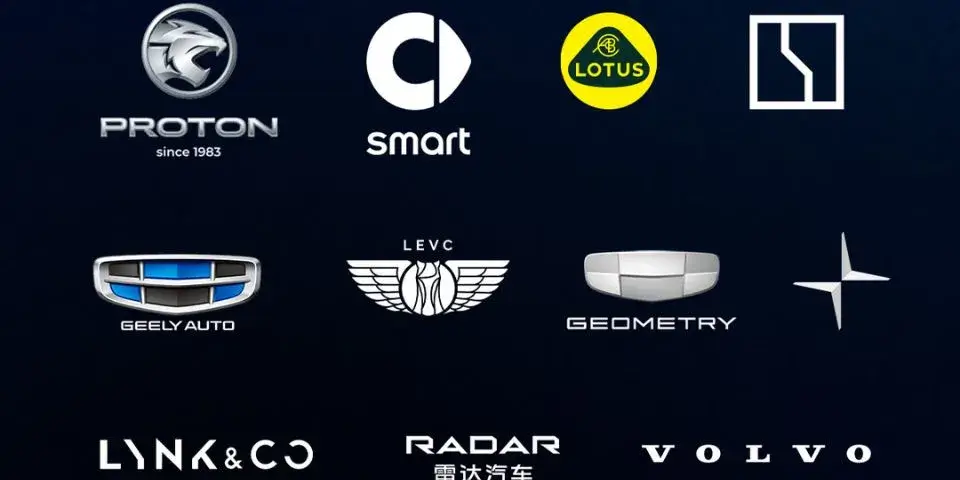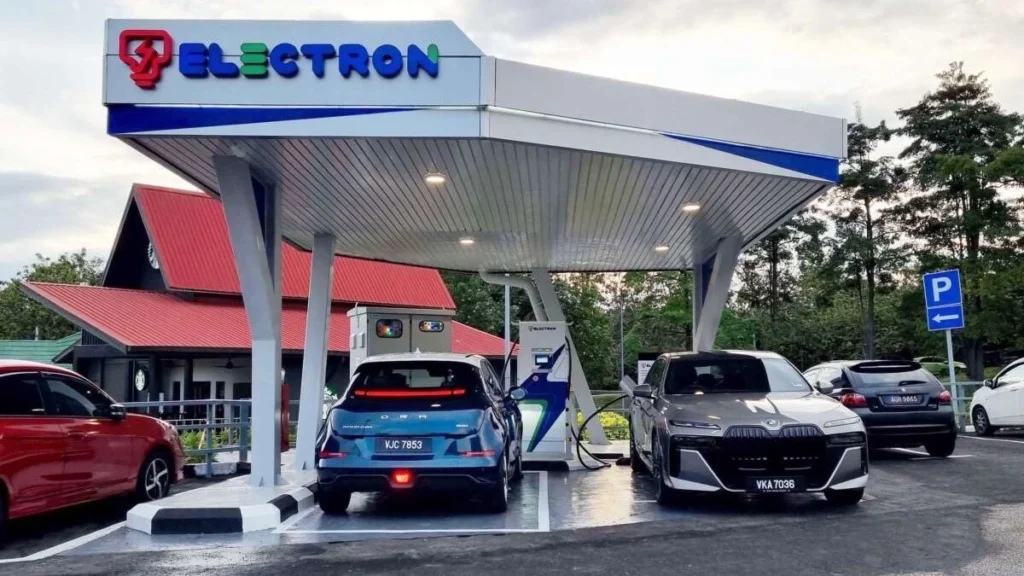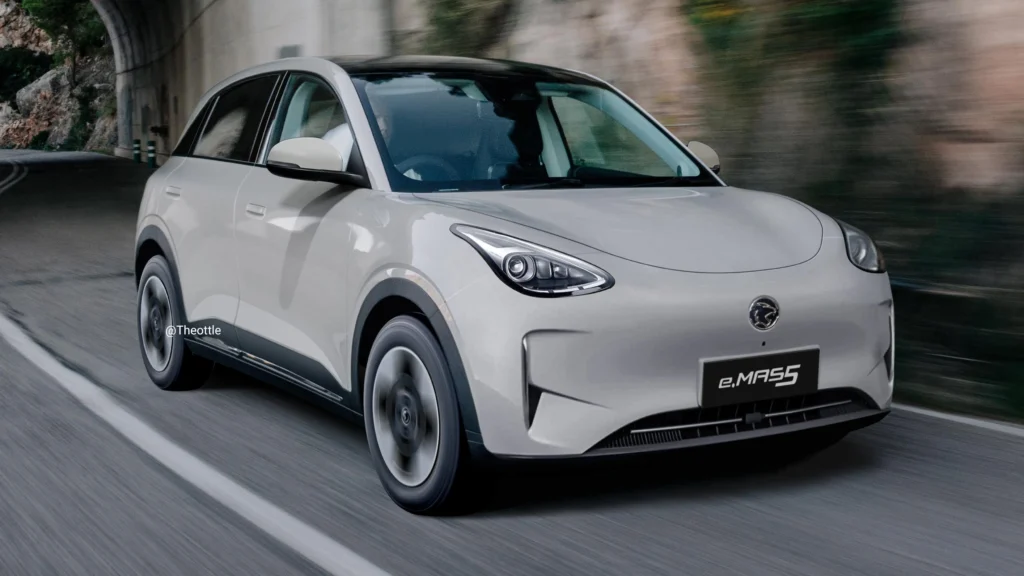Proton has launched a dedicated electric vehicle factory in Tanjung Malim. The plant sits inside the Automotive High-Tech Valley, a growing auto hub near the North-South Expressway. The opening marks a key step for Malaysia. It gives Proton control over EV industrialisation at home, and it lays the groundwork for lower prices and faster deliveries for local buyers. The plant was officiated on 4 September 2025, and it is Malaysia’s first factory designed from day one for EVs.
The facility was built with a clear goal, which is to turn the national brand into a serious EV producer. Proton set up battery assembly spaces, high-voltage safety stations, and dedicated electrical test lines. The site covers 5.57 acres and carries an initial annual capacity of 20,000 vehicles. The design supports a scale up to 45,000 vehicles a year when demand picks up. Modular planning allows the team to add output without tearing up the floor. That matters because EV demand tends to move in steps rather than smooth curves.
Proton calls the plant a smart factory. In practice, that means a network of robots, connected sensors, and cloud systems that watch flow and quality in real time. A Manufacturing Execution System links stations from body to final test, and a Warehouse Management System tracks parts from vendor to line. For buyers, the visible effect will be simple. Fewer defects, shorter wait times, and more stable pricing.
- Why this factory matters right now
- What rolls off the line first
- Inside the factory: how the line is set up
- Capacity today, headroom for tomorrow
- What CKD means for your wallet
- Jobs, skills, and the talent pipeline
- The platform story: GMA and multi-energy flexibility
- Geely’s role and technology transfer
- What buyers should watch through 2026
- The impact on Malaysia’s EV adoption
- Practical takeaways for shoppers
- What this means for local suppliers and SMEs
- A note on sustainability
- Final word
Why this factory matters right now
Malaysians want more EV choice and better price points. The market had strong imports, but many EVs came in as CBU units. CBU cars pay higher import duty than CKD cars. When a model shifts to CKD, the tax gap can be large enough to move a buyer from “wait” to “buy.” The new Proton plant is set up to assemble EVs as CKD from day one, which improves cost structure and supports local parts use. Historical gaps between CBU and CKD pricing sit in the range of RM15,000 to RM20,000 for comparable models. Import duty for CBU sits around 30 percent, while CKD sits around 10 percent, before other incentives. The result is a healthier sticker price for the mass market.
For policy makers, the plant supports the National Automotive Policy and the New Industrial Master Plan 2030. For Tanjung Malim, it strengthens the town’s push to become an auto city. For workers, it creates skilled roles that did not exist ten years ago. The direct headcount runs into the hundreds at the start, and the wider AHTV ecosystem plans tens of thousands of jobs by the next few years as suppliers move in.
What rolls off the line first
The first model from the new line is the Proton eMAS 7. Production begins in September 2025. Proton positions it as the first national-brand EV built here. Two CKD trims are planned at launch. The Prime variant carries a 49.52 kWh battery with a WLTP range of 345 km and a price of RM105,800. The Premium variant carries a 60.22 kWh pack with a WLTP range of 410 km and a price of RM119,800. Those numbers place the eMAS 7 in a sweet spot for urban users who do regular highway runs on weekends.
The Proton eMAS 5 follows as the second model. Proton targets a launch by the end of 2025 and hints at a price below RM100,000. The car focuses on value, compact size, and a feature list that covers common ADAS items such as adaptive cruise, forward collision warning, and blind spot detection. The eMAS 5 uses the same broad family of Geely underpinnings and will benefit from the same CKD cost base that the new plant enables.
Beyond Proton’s own badges, the site will also support local assembly for models from Geely’s premium EV stable, Zeekr. With CKD in Tanjung Malim, Zeekr could reach far stronger price points than current CBU imports. Proton and Geely have built the line with multi-model capability, which lets the team run different EVs on the same conveyor with smart jigs and software presets.

Inside the factory: how the line is set up
The plant divides work into zones that suit EV needs. There is a battery assembly area to handle packs under clean and safe conditions. There are high-voltage safety bays for power-on checks, isolation tests, and inverter validation. Glass fitting and chassis sub-assemblies use machines that reduce strain and improve repeatability. VIN engraving and end-of-line inspection take place under digital traceability, which ties each car to a data log from the first bolt to the final software flash. This level of traceability shortens root-cause hunts and reduces callbacks.
A key feature is the digital thread across the warehouse and the line. The WMS knows what parts have arrived, their batch numbers, and where to send them. The MES knows which car needs which part and when. If a sensor flags a torque that falls outside the range, the system can pull the car to a rework bay and hold the next piece until a fix lands. That prevents minor issues from travelling further downstream. It also keeps takt time stable.
Capacity today, headroom for tomorrow
The factory starts at 20,000 units a year. That is not a hard ceiling. The layout and utilities support a climb to 45,000 units a year. The approach is modular. If demand lifts, Proton can add a second shift, extend a line, or drop in a new station with minimal disruption. This is not a small point. EV demand in Malaysia and the region can move fast when a model hits the right price and range. A factory that can add volume within the same four walls is a competitive advantage.
The broader AHTV plan looks beyond Proton alone. By 2035, the valley targets up to 500,000 vehicles a year across brands, with half for export. The supply chain plans include up to one million parts sets a year. The location is near KLIA and Port Klang, which lowers logistics time and cost for export and for inbound components. There is work on a rail logistics hub to move containers more efficiently.
What CKD means for your wallet
CKD is more than a plant tour term. It shapes the invoice you see at the dealership. A CKD EV enjoys lower import duty than a CBU import. The headline gap is 20 percentage points, from about 30 percent down to about 10 percent for otherwise similar vehicles. The effect stacks with local content incentives and vendor development. When a brand localises parts, it reduces foreign currency exposure and freight costs. Service parts are easier to stock and cheaper to procure. Mechanics have better access to training. In plain words, running costs improve along with purchase price.
The real-world gap between CBU and CKD has shown up in many segments. You can find cases in the RM15,000 to RM20,000 range when a model flips from import to local assembly. The exact saving depends on specification, source country, and how much the brand passes to the buyer. Proton’s scale and the state’s push for EV uptake both support an aggressive pass-through. That is why the eMAS 7 pricing lands where it does. It is not a token cut. It is the result of a full CKD cost base backed by a purpose-built line.
Jobs, skills, and the talent pipeline
A factory is a school as much as it is a workshop. Proton has begun with over 200 roles focused on EV industrialisation and technical services. The intake includes diploma and SKM talent. There is a formal link with Politeknik Sultan Azlan Shah in Tanjung Malim. The link covers syllabus work and hands-on training in plant. That model grows the base of local technicians who can work on high-voltage systems, battery modules, and power electronics. It reduces dependence on overseas contractors and speeds up troubleshooting.
From a community view, the AHTV plan targets up to 50,000 jobs by 2027 when you include the wider move from Shah Alam and the supplier base. Residents will see new housing, schools, and services. The town will feel more like an auto city. Growth of that scale needs careful planning, and it also gives Perak a new pillar of industry with a long runway.
The platform story: GMA and multi-energy flexibility
Under the skin, Proton’s roadmap uses the Global Modular Architecture. The platform can support ICE, PHEV, and BEV in one family. This flexibility helps the factory because many tools and stations can serve more than one type of powertrain with minor tweaks. The body-in-white fixtures can handle different body styles within a size band. Software holds the recipes for each model. If Proton needs to align a sedan, a crossover, and a hatch, the team can switch with minimal downtime. That is how the plant maintains a healthy model mix without extra lines.
The benefit for buyers is choice. A platform that supports multiple energy types shortens model cycles and brings features across trims faster. If a new driver-assist sensor debuts on a PHEV, it can reach the BEV on the same platform with less friction. That keeps local cars fresh and competitive.

Geely’s role and technology transfer
Proton’s shareholder and technical partner, Geely, brings global EV build experience. The team supports equipment selection, line setup, and trial runs. Staff rotate through overseas plants to learn best practices in EV assembly and quality control. The goal is not to borrow a badge. The goal is to build capacity inside Proton so that Malaysian teams can run, debug, and improve the line with confidence. That transfer of know-how is part of the long-term value of this factory.
What buyers should watch through 2026
Pricing and promotions: Watch for the eMAS 7 to anchor national-brand EV pricing between RM105,800 and RM119,800. Dealer promos will cluster around finance rates, home charger bundles, and service plans. Proton will likely tie the first batch to visible customer deliveries to prove cadence.
Model cadence: The eMAS 5 aims to land by the end of 2025. If the line hits its rhythm, 2026 will see steady volume and possibly another model announcement, either a body style variation or a premium badge from within the Geely group. The multi-model line gives Proton the option to pivot based on demand.
Charging and ecosystem: Local assembly does not solve charging by itself, but it supports the business case for networks to expand. More EVs on the road drive more bays in malls, R&Rs, and housing projects. Expect stronger app roaming and more DC fast sites along major routes as volume grows. The AHTV cluster will also draw vendors for connectors, harnesses, and thermal systems, which further supports service and spares.
Exports: The location near KLIA and Port Klang helps export runs across ASEAN and beyond. If the plant scales toward 45,000 units, you can expect export programmes to start in phases. Export volume raises utilisation, which in turn lowers overhead per unit and supports better local prices. It becomes a flywheel.
The impact on Malaysia’s EV adoption
A local EV line with CKD pricing closes the gap for many buyers who sit on the fence. Range concerns ease as charging networks grow, but price still matters. When a national brand offers a well-specced EV at a six-figure price that starts with a 1, the market listens. When the same brand backs the car with local parts, trained technicians, and a plant a few hours from KL, confidence rises further. That is the real effect of this factory. It is not just a building. It is a signal that EVs are moving from niche to normal in Malaysia.
Practical takeaways for shoppers
If you are shopping within the next six to twelve months, keep an eye on lead times. Early batches often sell fast. Use official channels to confirm delivery windows and to check whether your preferred colour and trim are in stock. Check charger options at home and at work. If you live in a landed house, plan a safe AC wallbox and speak to an electrician about load management. If you live in a high-rise, speak to your JMB early about shared charging. Local volume will push more property managers to install bays, and buyer requests help shape those plans.
When you compare the eMAS 7 against rivals, look at usable battery size, WLTP range, DC charge rate, and safety features. Since service will run through Proton’s network, consider distance to the nearest EV-ready outlet. For total cost of ownership, budget for a home charger and for a basic set of accessories like mats and a Type 2 cable if you need one for malls that require bring-your-own. The lower CKD price sets a strong base, and running costs should undercut many ICE cars if your daily use suits EV charging.
What this means for local suppliers and SMEs
The new factory creates demand for local vendors in plastics, stampings, harnesses, sealing, HVAC, electronics, and packaging. Vendors that invest in EV-grade quality systems will gain new business. Proton’s digital systems also raise the bar on traceability. SME suppliers that link their ERP to Proton’s inbound data will move up the value chain. In time, some of these vendors will export parts as part of ASEAN-wide programmes. The spillover is real. Jobs in logistics, testing, and calibration will grow with it.
A note on sustainability
EV assembly reduces local tailpipe emissions when the cars replace ICE use, and the plant itself can drive better energy use through smart controls. The bigger gain comes from localisation. Fewer long-haul shipments of complete vehicles mean lower embedded transport emissions. Over time, battery pack refurbish and recycling will become part of the local ecosystem. The skills and facilities built for assembly will make that transition easier when volumes justify it.
Final word
Proton’s Tanjung Malim EV factory is more than a ribbon cutting. It is a functional tool to bring EV prices down, improve delivery times, and build a talent base at home. The first fruits are clear with the eMAS 7. The next steps will be even more telling, from the eMAS 5’s price point to the mix of models that follow. For Malaysian drivers, this is welcome progress. For the industry, it is a shift in where value is created. For the country, it is a marker that the EV era is no longer an abstract goal. It is here, and it is local.


